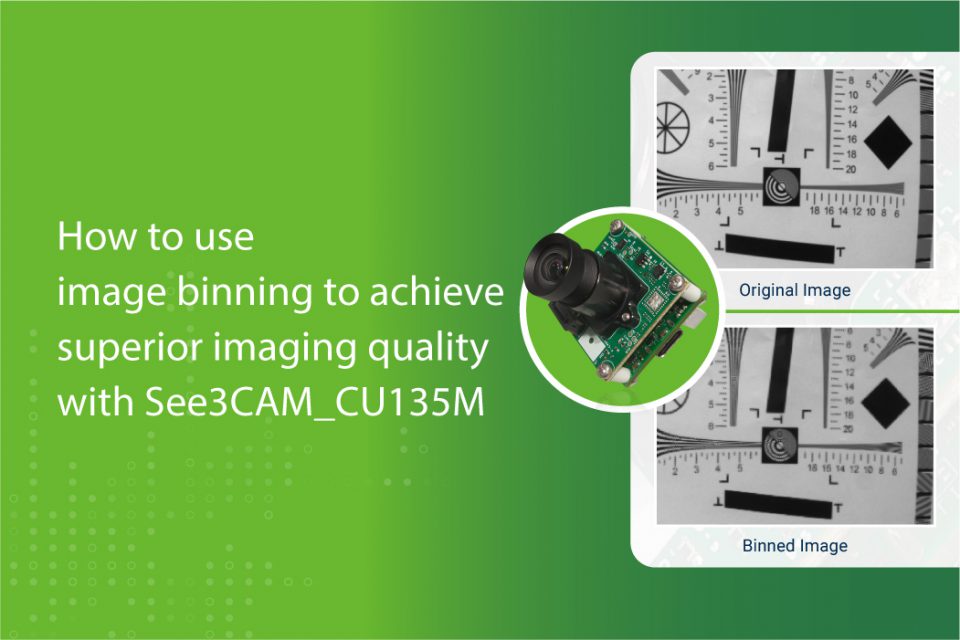For a customer to design a system with a camera, there are multiple factors to be considered – from choosing the right sensor and lens to ensuring the right resolution and platform. The more complex the imaging requirement – the more advanced should be the camera solution. It rings true, especially in applications like digital microscopes or patient monitoring systems and quality inspection systems that tend to operate in low-light conditions.
e-con Systems has designed and deployed See3CAM_CU135M – 13MP monochrome USB camera – to enable such applications to operate smoothly – regardless of the lighting conditions. A key feature of See3CAM_CU135M is that it comes with 2×2 and 4×4 pixel binning.
In this blog, let’s see why the binning feature is an important aspect of delivering high-quality lighting-agnostic images. Then, we’ll find out the difference between binning, skipping, and cropping – and what each one can mean to your embedded vision application. Towards the end, we will also see how See3CAM_CU135M’s pixel binning capability can enhance the performance of camera-based devices.
What is binning?
Binning is the process of combining the information of adjacent pixels into a single pixel – known as a super pixel. It sums up the performance of each adjacent pixel into a single one – leading to a reduced spatial resolution. It ensures superior imaging performance by:
- Maintaining the quality of the image with a reasonable resolution
- Improving the Signal-to-Noise Ratio (SNR)
- Enhancing the frame rate
However, it comes at the cost of spatial resolution. With the right camera though, binning allows enhanced performance under low-light conditions. It also increases the FOV (field of view) covered for a given scene in a specific resolution, which can be crucial for the earlier mentioned applications.
What are the types of binning?
Binning in an image sensor can either be in the X direction or Y direction. In some cases, it can involve both directions. Binning in the X direction means that you are combining two or more pixel values from the width of the sensor. In comparison, binning in the Y direction indicates that you are combining two or more pixel values from the height of the sensor. If you are using both directions, it means that you are combining pixels in width, as well as the height of the sensor.

Typically, binning locates the average of the adjacent pixels. For e.g., 2×1 binning finds the average of 2 pixels in the X direction, whereas 1×2 binning finds the average of 2 pixels in the Y direction. As for 2×2 binning, it’s about finding the average of 4 pixels in the X and Y direction (as shown in the above diagram).
Image sensors also provide an additional option to find the sum of the adjacent pixels instead of the average, thereby increasing the image’s overall brightness.
To learn more about the advantages of binning, please visit the article What is pixel binning? How does it work and what are its advantages.
What is skipping?
Skipping refers to leaving out some pixels in between the pixels. Similar to binning, it can be achieved in the X direction, the Y direction, or both. This choosing of the pixel can be 1 out of 2, 1 out of 3, and so on – depending on the settings provided in the sensor.
For example, in e-con Systems’ 4K monochrome USB camera See3CAM_CU135M, there’s a provision for binning only in the X direction (column) and skipping in the Y direction (row). The skipping can be 1 out of 2 pixels, 1 out of 3 pixels, and 1 out of 4 pixels. Of course, it can be customized based on your unique imaging requirements.
Below is an image that compares the binning and skipping effect on an image:
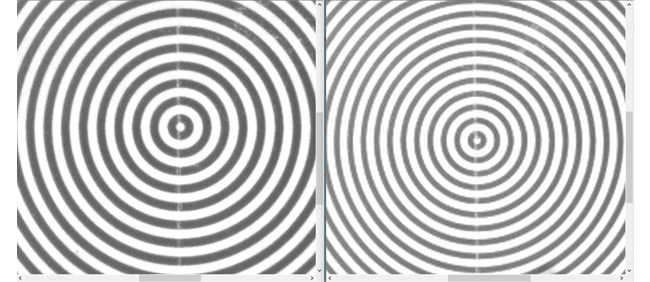
What is cropping?
As you may know, the center of the FOV can get cropped to achieve the required resolution. Some of the advantages of cropping are:
- Higher frame rate with the maximum clock rate
- Easy to match the FOV/resolution with the cropping feature
Please have a look at the below figures to compare a normal image, binned image, and cropped image.
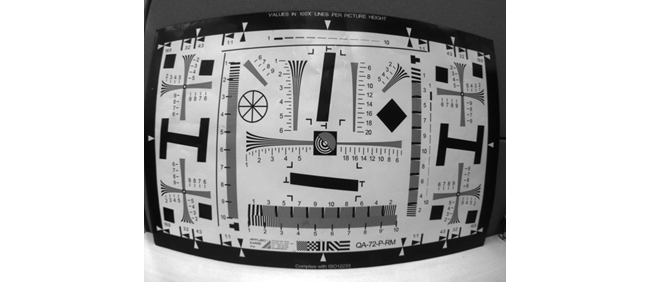
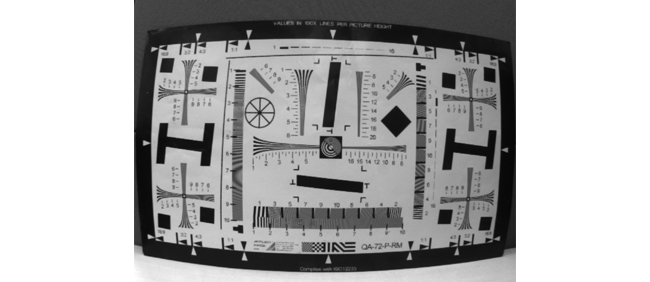
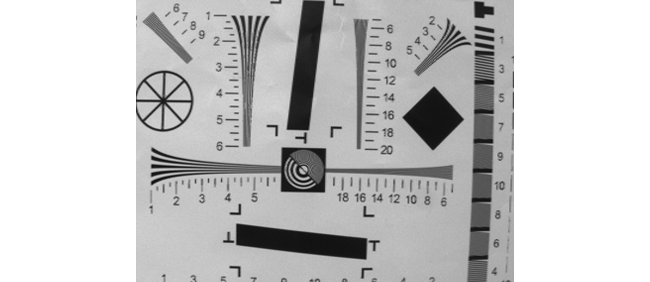
See3CAM_CU135M – a 13MP 4K monochrome USB camera for excellent imaging capabilities
See3CAM_CU135M is a 13MP monochrome fixed focus USB 3.1 Gen 1 camera that provides exceptional imaging quality in both visible and near-IR regions. Based on the 1/3.2 inch AR1335 CMOS image sensor, See3CAM_CU135M comes with an advanced 1.1μm pixel BSI technology from onsemi™ – with the ability to capture minuscule details and achieve low noise levels.
Watch the below video to learn more about the features and use cases of See3CAM_CU135M:
Looking to customize and integrate cameras into your applications?
e-con Systems offers extensive customization services to ensure that a camera meets the specific imaging requirements of your application. We can help you choose the right sensor, interface, optics, and processing platform to make sure your applications meet the desired performance standards.
Please write to camerasolutions@e-consystems.com for any customization or integration support. To get a complete view of e-con Systems’ camera portfolio, please visit Camera Selector.

Vinoth Rajagopalan is an embedded vision expert with 15+ years of experience in product engineering management, R&D, and technical consultations. He has been responsible for many success stories in e-con Systems – from pre-sales and product conceptualization to launch and support. Having started his career as a software engineer, he currently leads a world-class team to handle major product development initiatives




